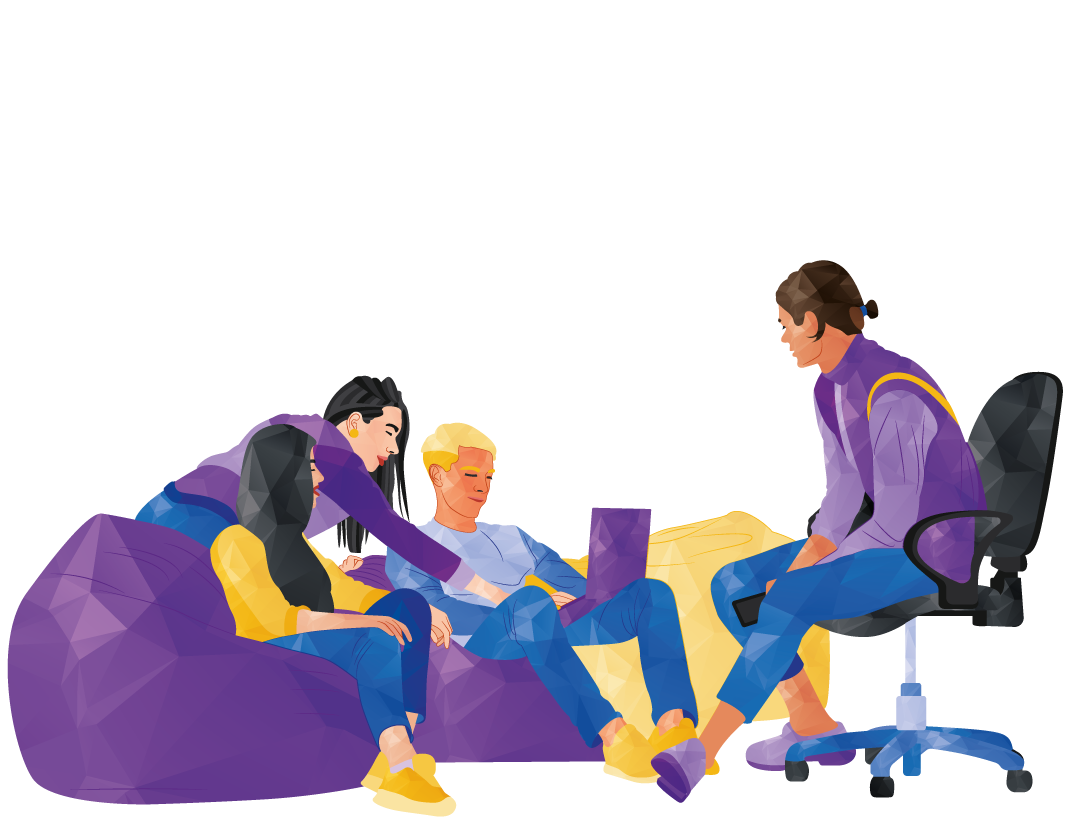Plan the Best Strategy Retreat of Your Career - Part 3: Design Your Activities to Engage Your Attendees

So you defined success and developed a straw man agenda for your retreat. Now it’s time to get precise on each element of the agenda with an eye for how you will make it (actually) engaging. With our clients, we often see the default is to rely on leaders’ presentations and accompanying slide decks to carry the entire meeting. We see meeting coordinators and individual presenters focusing heavily on WHAT they plan to communicate, and less on HOW they plan to communicate it, explore it and make collective decisions based on it.
Truly engaging your audience takes a lot more effort and planning and, as a result, is often neglected. Even when planning committees make the choice to hold engagement and interactivity central to their design, the best they often come up with is a leader-led discussion followed by an “interactive Q&A” with everyone else. The trouble with this kind of design is that it is always rooted, fundamentally, in the idea that most of the people in the room are sitting back and listening for most of the time. The burden of mentally participating is placed squarely on the shoulders of the attendees rather than inspiring it by virtue of the meeting design.
Ill-designed activities risk a lot. Attendees check their phones, miss crucial information, get bored, or go to the restroom simply to stretch their legs. Because they see their role as passive, they show up late, leave early, and make comments like, “This could have been in an email,” and “I don’t even know why I’m here.” If the expectation is that people will offer input somewhere along the way, but they aren’t properly warmed up when the time comes, the best you can hope for is a few clarifying questions followed by some straggly thoughts and comments. At worst? Crickets. Or a very opinionated and dominant voice. Ultimately, the consequence of disengaged meeting attendees is a lack of buy-in to whatever you brought them together to discuss. That leads to a team that’s out of synch, low follow-through, and so on.
Engaging your attendees properly not only makes the meeting more stimulating for everyone, it creates a more productive discussion with more diverse viewpoints and greater overall buy-in.
How you engage attendees should be informed by the constraints of each individual agenda item. Here are a couple rules of thumb to help you think about your activity design:
- Don’t skip setting ground rules, even if you think they’re implied. Build special time into your agenda to establish ground rules thoughtfully.
- If you have prework, have a plan for those who didn’t do it.
- Presentations where one person talks and everyone else listens should be limited to 10 minutes. If an “information push” is required, consider more interactive ways to transfer the information to attendees.
- Turn off the slide deck and make your materials physical instead. Check out this one-page reference of Materials for Meeting Success.
- Ramp up the “asks” for your audience over the course of the meeting. Don’t expect to start where you plan to finish. Check out this one-page reference on how to Ramp Up The Asks.
- Give people time to think individually or in small groups before they contribute to the broader room. In fact, attendees should work in small groups of 3-6 as much as possible.
- Assign roles like scribing, affinity-grouping ideas, handing out materials, or even leading portions of the discussion to attendees. Don’t have a single person act as lead, facilitator, and everything else.
- Attendees should move in some way every 15-30 minutes. Movement should not be relegated to the breaks alone. This is even more important to consider for virtual meetings.
- Plan some kind of break every 1.5-2 hours to give minds and bodies a chance to refresh.
- Remember that everything will take longer than you expect it to. Plan in buffer time liberally. Plus, almost everything takes longer in the virtual space than the same thing done in person, so plan accordingly.
Up next, check out our article on facilitating your meeting. Explore how to navigate day-of adjustments and unexpected side conversations and still achieve success.
This article is Part 3 of a 4-part series: Plan the Best Strategy Retreat of Your Career.
Here is the full set of articles from the series:
Recent Posts





